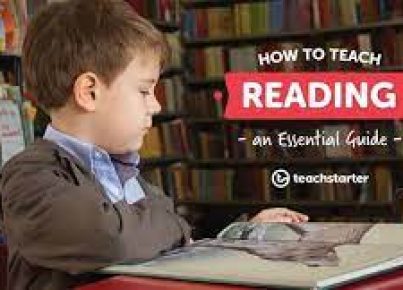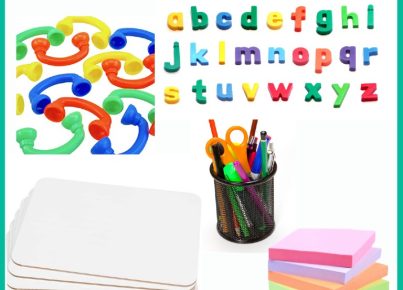Reading is a crucial skill that not only underpins educational success but also opens up a world of knowledge and opportunity. For educators, understanding the science behind how we learn to read can transform teaching approaches, ensuring all students have the support they need to become proficient readers.
The science of reading is a vast interdisciplinary body of research drawn from education, psychology, and cognitive science, among others. It encompasses everything from how children’s brains develop to recognize letters and sounds to how they ultimately comprehend complex texts. At its core, evidence-based reading instruction involves explicit teaching in phonemic awareness, phonics, fluency, vocabulary, and comprehension strategies.
Phonemic awareness refers to the ability to hear and manipulate individual sounds in words. It is foundational to reading development as it allows children to understand that words are made up of different sounds that can be combined in various ways to create new words.
Phonics instruction helps students understand the relationship between these sounds (phonemes) and the letter patterns (graphemes) that represent them in written language. By mastering this code, students can decode new words and increase their reading vocabulary.
However, simply being able to read words isn’t enough. Students also need instruction in fluency – which includes accuracy, rate, and expression – to be able to read smoothly without undue effort. This leaves cognitive resources free for comprehending text, which is the ultimate goal of reading.
Vocabulary development plays a fundamental role as well. To comprehend what they are reading, students must understand the meaning of words within the context they are used. Meaningful vocabulary instruction not only involves teaching individual words but also strategies for determining meanings of unknown words through context clues.
Comprehension is the capstone of reading success; it’s where all other elements come together so that readers can make sense of text and engage with it critically. Strategies like predicting, making connections, visualizing, questioning, and summarizing help students become active readers who think about what they are reading before, during, and after engaging with a text.
Teach Starter’s blog highlights these elements while reminding teachers of their importance within their literacy programs. Embracing such evidence-based practices ensures that teachers are more informed and better equipped to support each student through their journey to becoming confident and capable readers.
In conclusion, when teachers apply the insights from the science of reading research into their classrooms, not only do we see improvements in student outcomes but also an overall enhancement in their ability to engage with the richness that the written word has to offer. With this knowledge as a backbone for literacy education strategies, educators can foster an environment where learning to read becomes an exciting adventure for every child.





